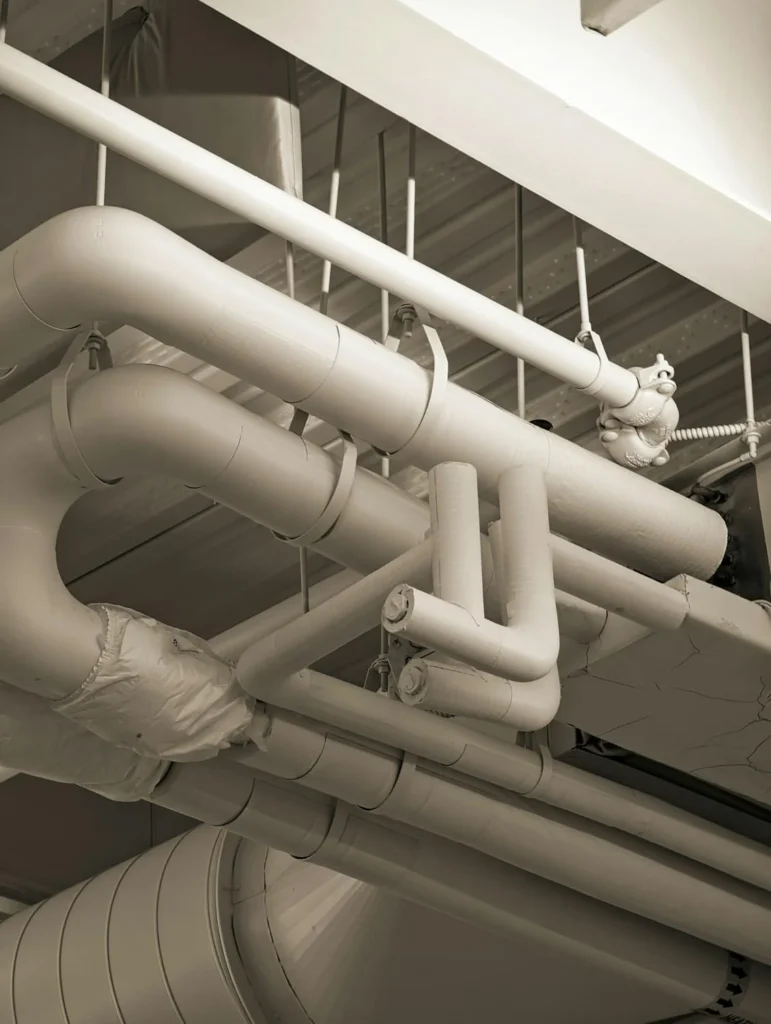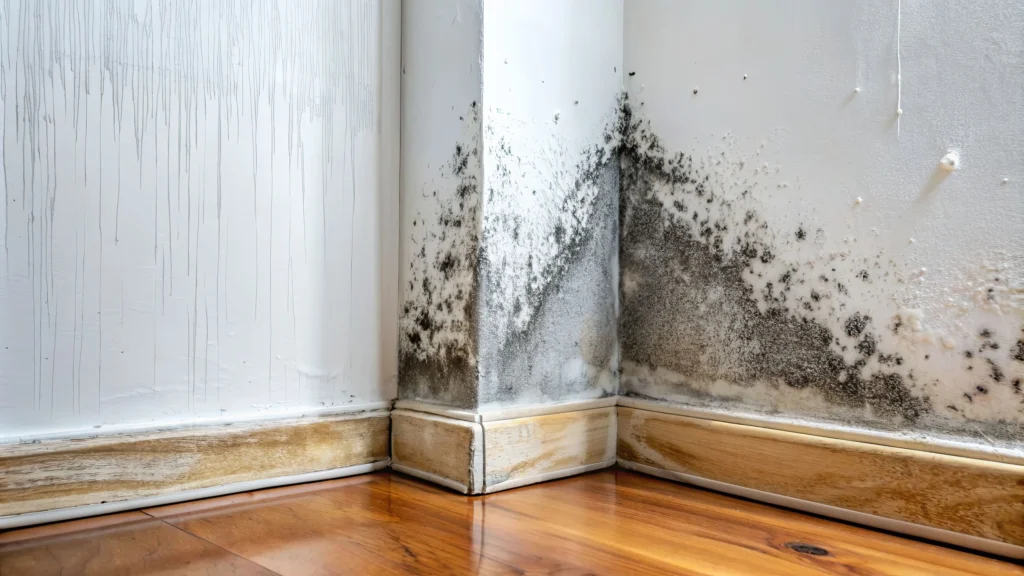Fires are dangerous, but did you know that not all fires are the same? In the UK, fires are classified into six different categories based on the fuel that is burning. Understanding these classifications is crucial for choosing the right method to extinguish a fire safely and effectively.
Using the wrong fire extinguisher can make a fire worse and even cause explosions or electrical shocks. That’s why fire safety training and knowledge of fire classification are essential, whether at home, in the workplace, or in industrial settings.
Let’s break down the six different classes of fire and how they should be managed.
The six classes of fire
Class A: Fires involving solid materials
Class A fires involve common combustible materials such as:
- Paper
- Wood
- Textiles
- Plastics
How to extinguish Class A fires:
- Water extinguishers (red label) are the most effective choice as they cool down the flames.
- Foam extinguishers (cream label) can also be used.
Class B: Fires involving liquids
Class B fires involve flammable liquids such as:
- Petrol
- Diesel
- Paint
- Alcohol
- Oil-based liquids
How to extinguish Class B fires:
- Foam extinguishers (cream label) create a barrier that prevents oxygen from feeding the flames.
- Carbon dioxide (CO2) extinguishers (black label) can also be used, as they displace oxygen.
- Dry powder extinguishers (blue label) are another option, but they should be used with caution in enclosed spaces.
Class C: Fires involving gases
Class C fires are fuelled by flammable gases such as:
- Propane
- Butane
- Methane
How to extinguish Class C fires:
The first step is to shut off the gas supply to stop the fire at its source.
- Dry powder extinguishers (blue label) are the most suitable option for Class C fires.
- Never use water or foam extinguishers, as they can spread the flames.
Class D: Fires involving metals
Class D fires involve flammable metals, including:
- Magnesium
- Aluminium
- Lithium
- Titanium
How to extinguish Class D fires:
- Specialised dry powder extinguishers (blue label, often labelled L2 or M28) should be used.
- Never use water, as it can cause violent explosions.
Class E: Fires involving electrical equipment
Although technically not a separate category, electrical fires are commonly referred to as Class E. They involve:
- Computers
- Phone chargers
- Wiring
- Electric panels
How to extinguish electrical fires:
- CO2 extinguishers (black label) are the safest option, as they do not leave residue.
- Dry powder extinguishers (blue label) can also be used, but they may cause damage to electrical components.
- Water-based extinguishers should never be used on live electrical fires.
Class F: Fires involving cooking oils and fats
Class F fires are typically found in kitchens and involve:
- Deep-fat fryers
- Vegetable oils
- Animal fats
How to extinguish Class F fires:
- Wet chemical extinguishers (yellow label) are the best option, as they cool the oil and create a barrier to prevent re-ignition.
- Never use water on an oil fire, as it can cause the fire to explode and spread.
Fire extinguisher colour coding in the UK
Each type of fire extinguisher is colour-coded to ensure it is used correctly in an emergency. The UK uses the following fire extinguisher colour codes:
Extinguisher Type | Label Colour | Suitable For |
|---|---|---|
Water | Red | Class A fires |
Foam | Green | Class A & B fires |
CO2 | Black | Class B & electrical fires |
Dry Powder | Blue | Class A, B, C, D & electrical fires |
Wet Chemical | Yellow | Class A & F fires |
Using the wrong extinguisher can be dangerous, so it’s essential to train employees and family members on fire safety procedures.
Fire statistics in the UK
Understanding the risks of fire is crucial in highlighting the importance of fire classification and extinguisher usage. According to UK Government statistics:
- In 2022, fire and rescue services in England attended over 150,000 fires.
- 27,000 dwelling fires were recorded, with 300 fire-related deaths.
- Cooking appliances caused 48% of accidental dwelling fires.
- Electrical distribution (wiring, appliances) accounted for 15% of fires.
These statistics highlight the importance of fire prevention, classification, and proper fire extinguisher use.
The aftermath of a fire: What comes next?
Even after a fire is extinguished, the damage left behind can be significant. Soot, smoke damage, and the lingering smell of fire can make a property unsafe. Quick action is essential to prevent further structural and health risks.
Professional fire damage cleaning services
At Ideal Response, we specialise in fire damage clean-up, ensuring:
- Removal of soot and ash using HEPA filtration technology.
- Thorough decontamination of affected areas.
- Elimination of smoke odours using our advanced BIOSWEEP® system.
Conclusion: fire safety is everyone’s responsibility
Understanding fire classification and the correct extinguisher to use can save lives and property. Whether in a home, office, or industrial setting, being prepared for a fire emergency is crucial.
If you need professional fire damage clean-up or advice on fire safety, get in touch with us today. We can help restore your property efficiently and safely.





















